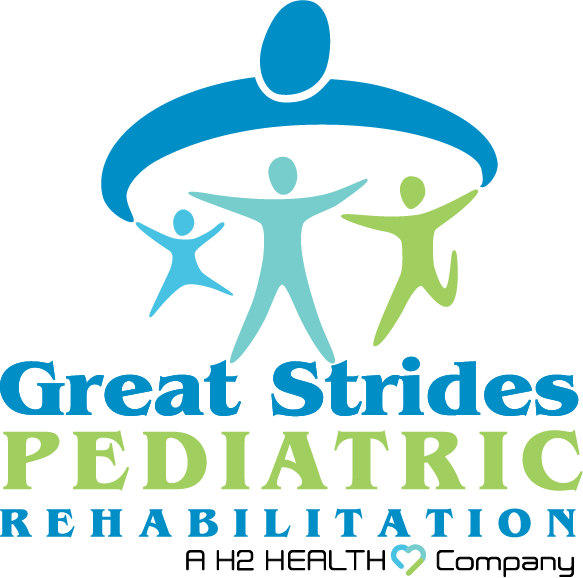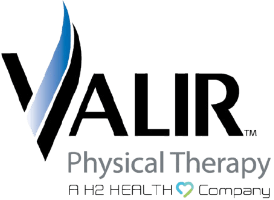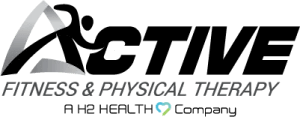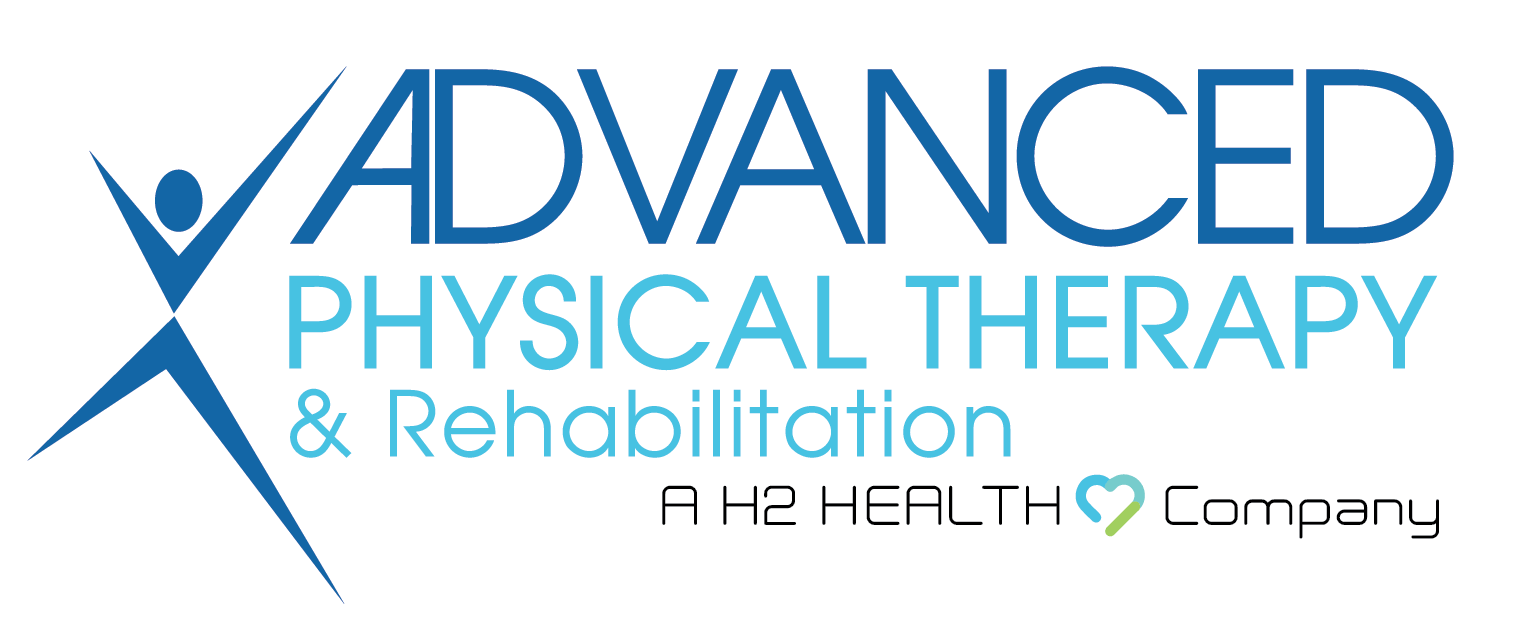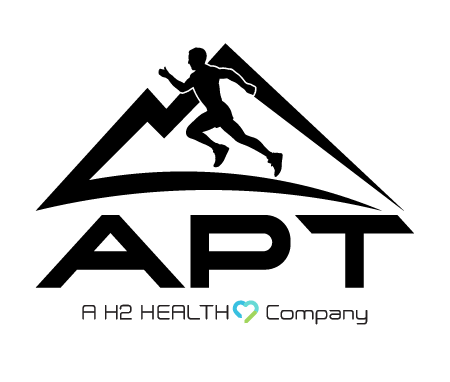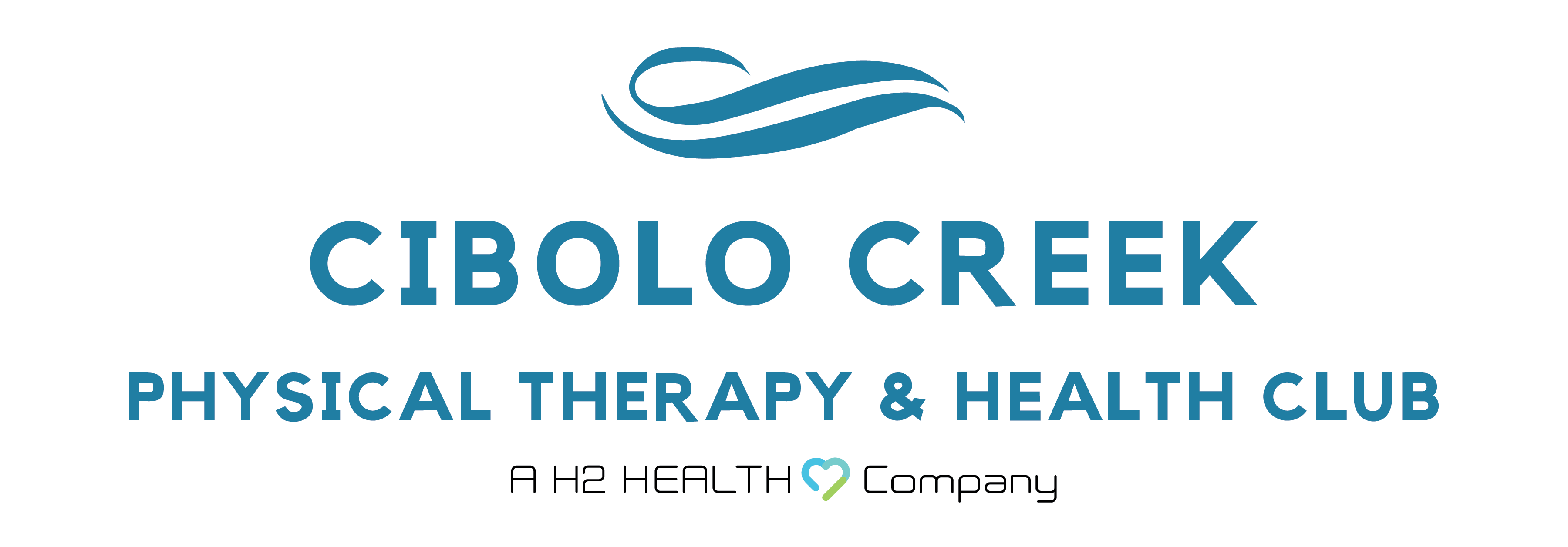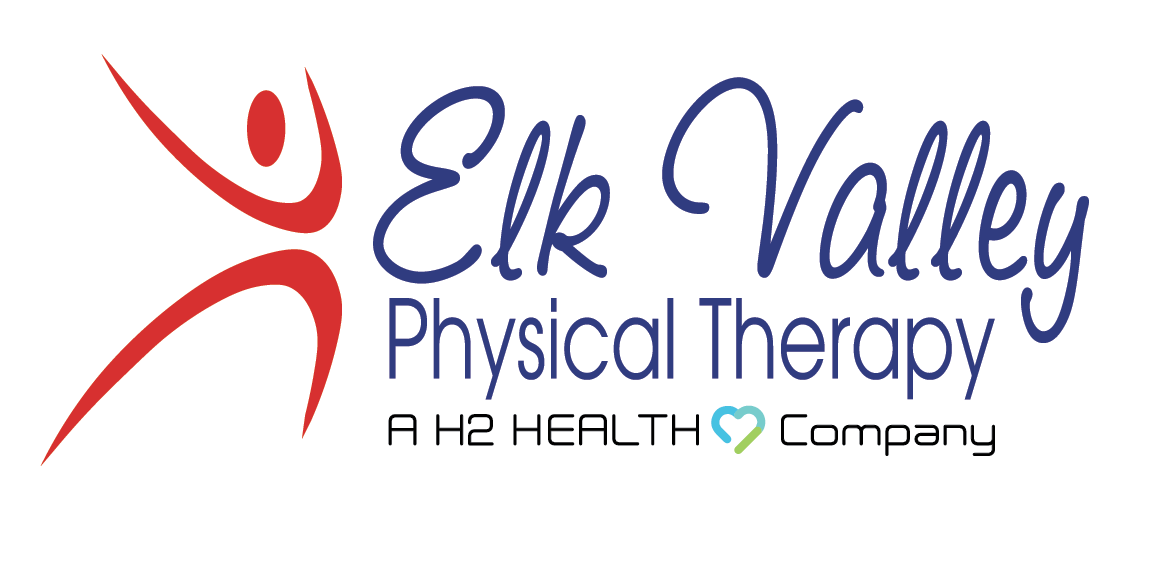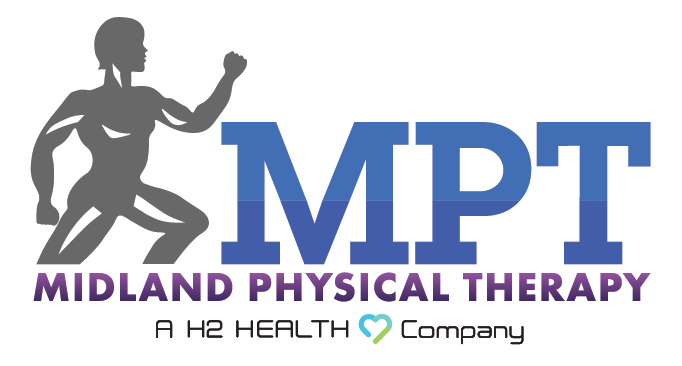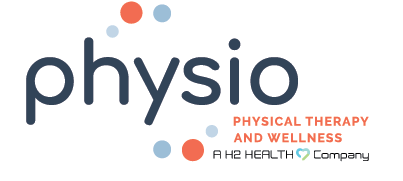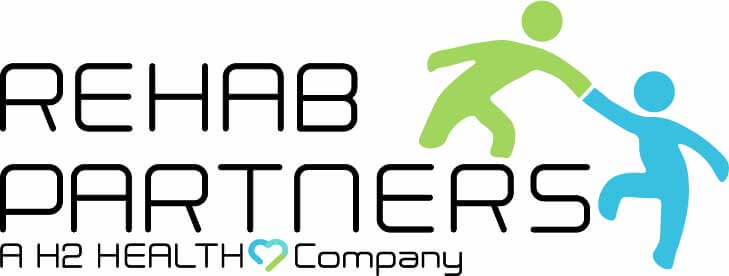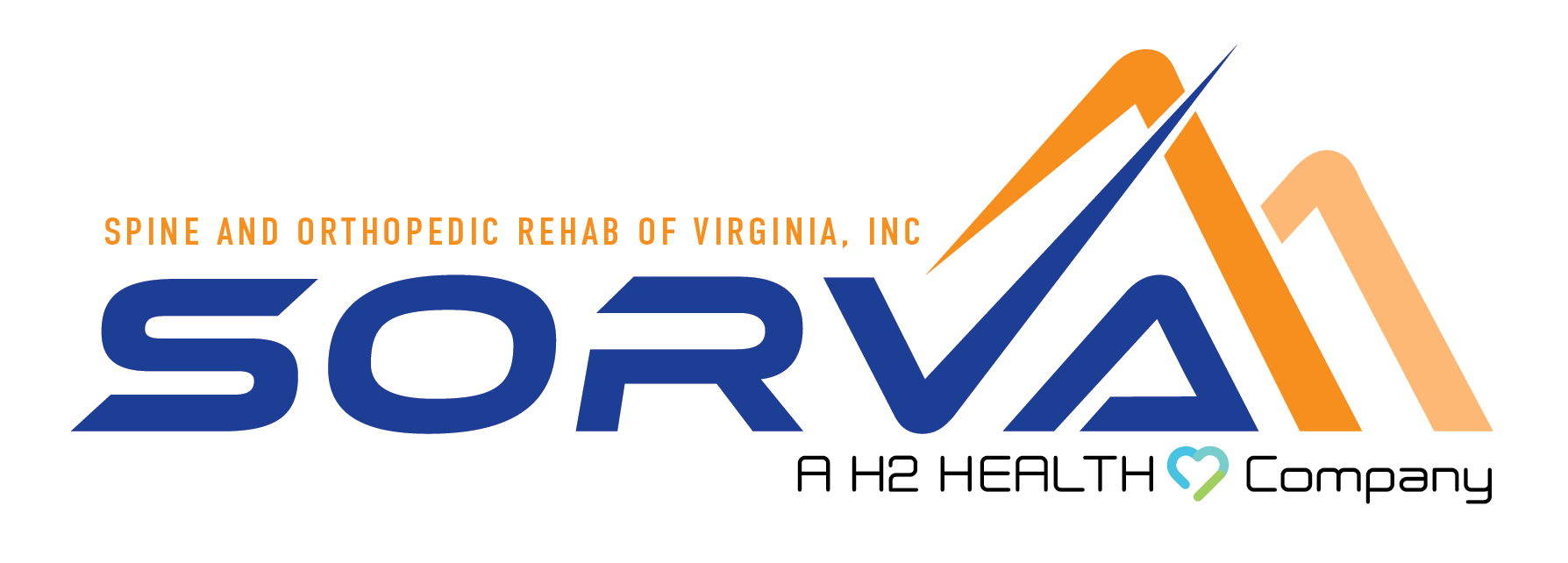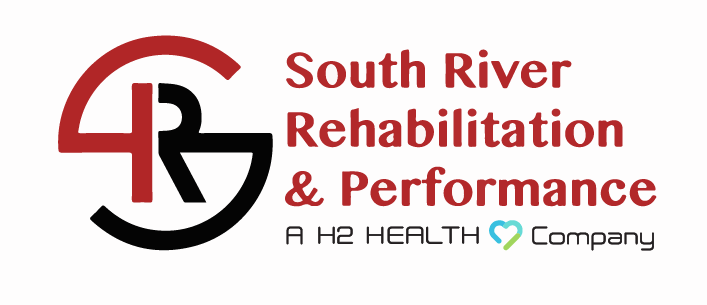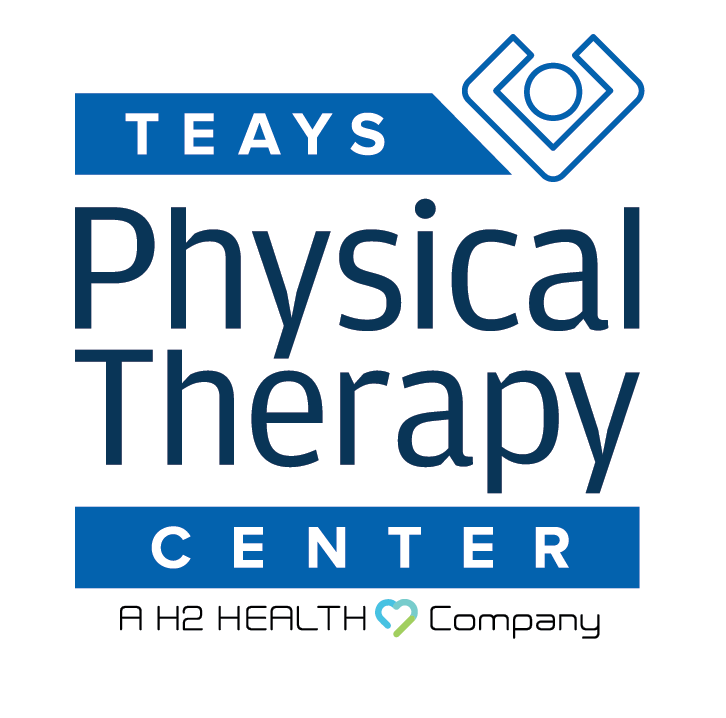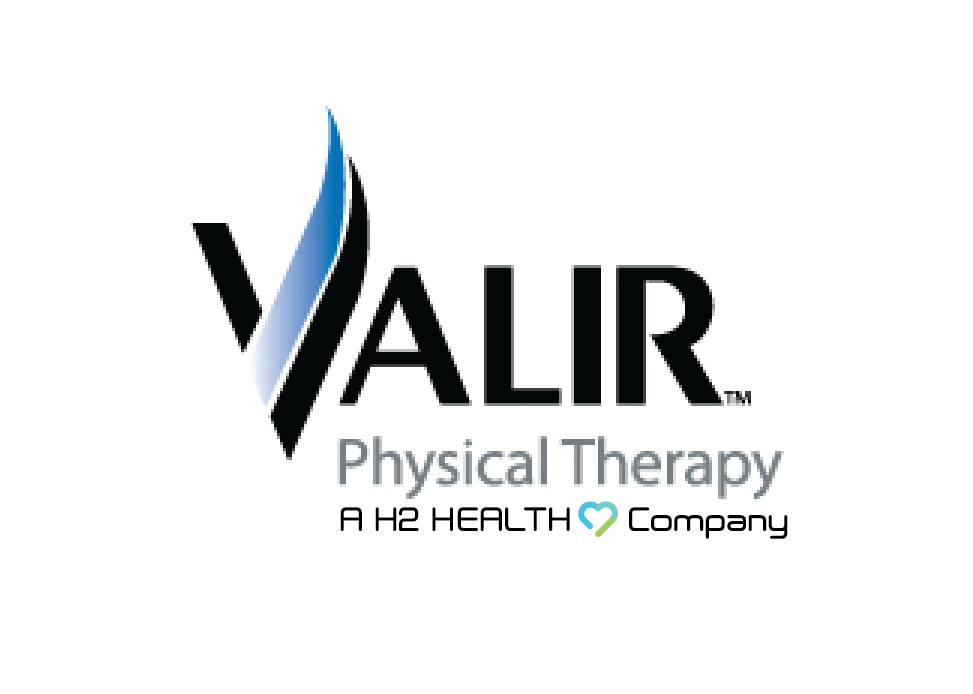
Back pain can be a difficult and overwhelming experience. For many people, the cause is a herniated disc, a condition that affects many worldwide. This problem often begins with mild discomfort. But if it is not treated, it can turn into severe and long-lasting pain, making it hard to move and enjoy life.
The treatment for herniated discs depends on how advanced the condition is. Each stage comes with its own challenges and needs specific care to help with healing and pain relief. By learning about the treatment options for each stage, you can make better choices for your health.
Stage 1: Bulging
In the early stage of a herniated disc, you might feel slight discomfort, stiffness, or sometimes a sharp pain. At this point, the problem is usually mild. It may not affect your daily life too much.
Still, taking care of symptoms early gives you a better chance of getting better without needing more invasive treatments. Keep an eye on your symptoms and talk to a doctor if the pain does not go away or gets worse.
Treatment approaches during this phase typically involve conservative measures, such as:
Rest and Change in Activities
Try to avoid things that make your pain worse, like lifting heavy objects or sitting for a long time. It can help to do some regular but light exercise to keep your body from getting stiff.
Pain Management
You can use over-the-counter pain relievers to help with any discomfort you might feel.
Cold and Heat Therapy
Using an ice pack can help reduce swelling, while heat can relax tight muscles and improve blood flow.
Stage 2: Protrusion
At this stage, symptoms like pain spreading to other areas, numbness, or tingling may become stronger. Irritation of the spinal nerves can make it harder to move or do everyday activities. Treatment during the protrusion stage offers the potential to avoid more invasive options. Commitment to physical therapy can help stabilize the condition and promote healing.
Physical therapy is usually the best treatment for this stage. With help from a trained physical therapist, you can try the following methods:
Stretching and Strengthening Exercises
A physical therapist will design personalized exercises to improve flexibility. These activities will also strengthen core muscles and support your spine.
Posture Correction
Poor posture can exacerbate symptoms. Therapy may include teaching proper sitting, standing, and lifting techniques to reduce strain on the spine.
Manual Therapy
Soft tissue mobilization and joint manipulation can improve mobility and reduce pain.
Education and Prevention
Understanding how to prevent further disc irritation is essential at this stage. Your therapist will provide tips on lifestyle changes that support long-term spinal health.
Stage 3: Extruded Disc
If the condition gets worse, you might have constant, strong pain and a loss of strength or ability to move. At this point, stronger treatments may be needed, often using a mix of different therapies. It is important to discuss your condition openly with your healthcare provider. This will help them determine the most suitable approach at this stage.
Common treatments at this stage involve:
Epidural Steroid Injections
Steroid injections help reduce inflammation and provide temporary relief from severe pain. This option is often used in conjunction with physical therapy or other treatments.
Traction Therapy
This therapy gently stretches the spine, relieving pressure on the affected disc and promoting natural healing. It can be offered by physical therapists as part of a comprehensive care plan.
Advanced Physical Therapy Techniques
Therapists may introduce equipment-based strengthening exercises and targeted mobilization. They may also use advanced modalities such as ultrasound or electrical stimulation. These techniques help accelerate healing.
Stage 4: Sequestration
In the fourth stage, a part of the disc has separated. For people who need surgery, taking care of yourself after the operation is very important. This usually includes physical therapy to help you regain strength, flexibility, and confidence.
Treatment in stage four of a herniated disc includes:
Surgical Consultation
Surgery becomes an option in extreme cases where non-invasive remedies fail to provide relief. Microdiscectomy or spinal fusion are common surgical procedures that ease pressure on the nerves.
Rehabilitation Programs
Customized rehabilitation plans help restore normal function and prevent complications.
Scar Tissue Mobilization
Specific techniques may be used to minimize scar tissue formation and maintain spinal mobility.
Ongoing Physical Therapy
After surgery, regular physical therapy can help stop the problem from coming back and keep your spine healthy. Sticking to your post-surgery care plan makes recovery easier and lowers the chance of future problems.
How to Find the Best Physical Therapist in Newark, OK
Selecting the right physical therapist is crucial for effective treatment of a herniated disc. Here are tips to find the best therapist for lower back pain treatment near you:
Research Qualifications
Look for licensed physical therapists with specialized training in spinal conditions.
Read Reviews and Testimonials
Check online reviews or ask for referrals from family and friends to gauge the quality of care provided.
Visit the Facility
Ensure the clinic is equipped with state-of-the-art equipment and a clean, welcoming environment.
Ask About Personalized Plans
The best therapists tailor treatments to fit your specific needs and goals.
For trusted, patient-centered care, consider H2 Health. Our team is dedicated to helping you find relief and regain your active lifestyle.
Herniated Disc Treatment in Newark, OK
Treating a herniated disc needs an active approach at every step. From early care like rest and physical therapy to more advanced treatments, knowing your options is important. They are essential for managing pain and getting your movement back.
Do not wait for your pain to worsen before getting herniated disc treatment in Newark, OK. Take the first step towards recovery with H2 Health. Call us at (800) 699-9395 or use our online appointment request form. We also offer complimentary balance and injury screenings to help determine if you need therapy.
We look forward to helping you with orthopedic physical therapy near you!
Sources:
https://my.clevelandclinic.org/health/diseases/12768-herniated-disk
https://www.mayoclinic.org/diseases-conditions/herniated-disk/symptoms-causes/syc-20354095
https://www.mayoclinic.org/diseases-conditions/herniated-disk/diagnosis-treatment/drc-20354101

